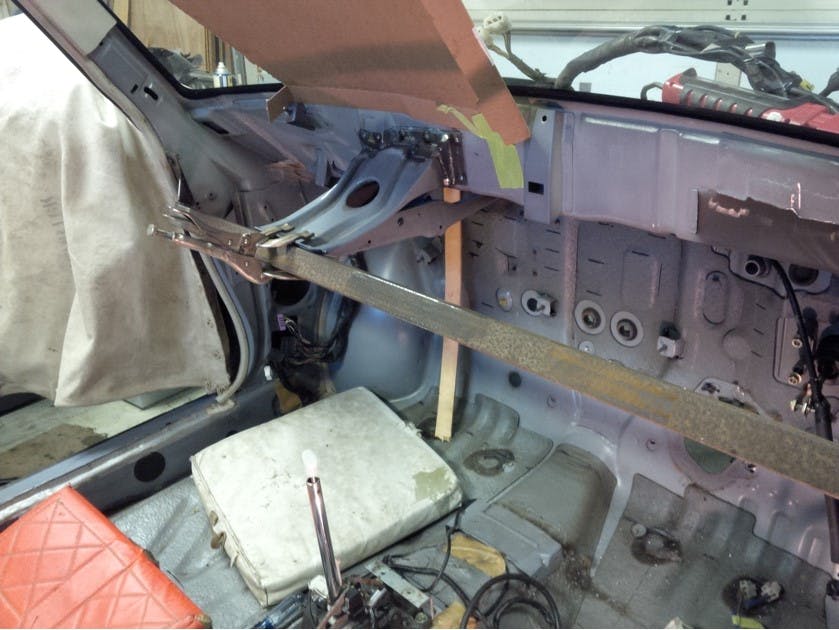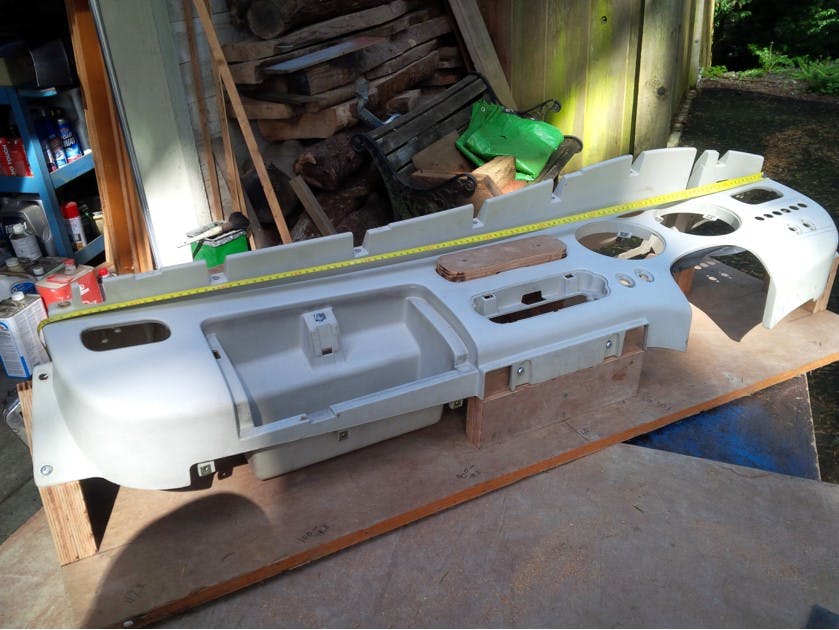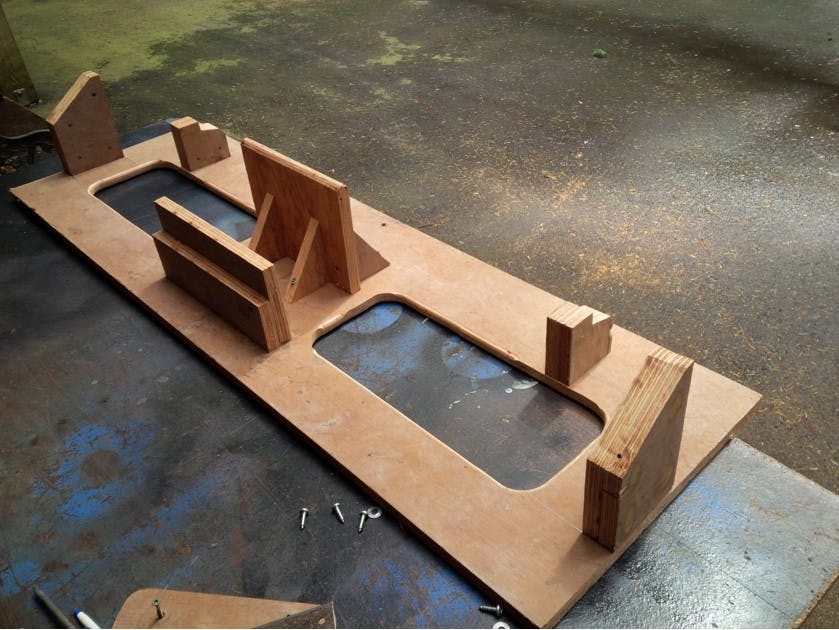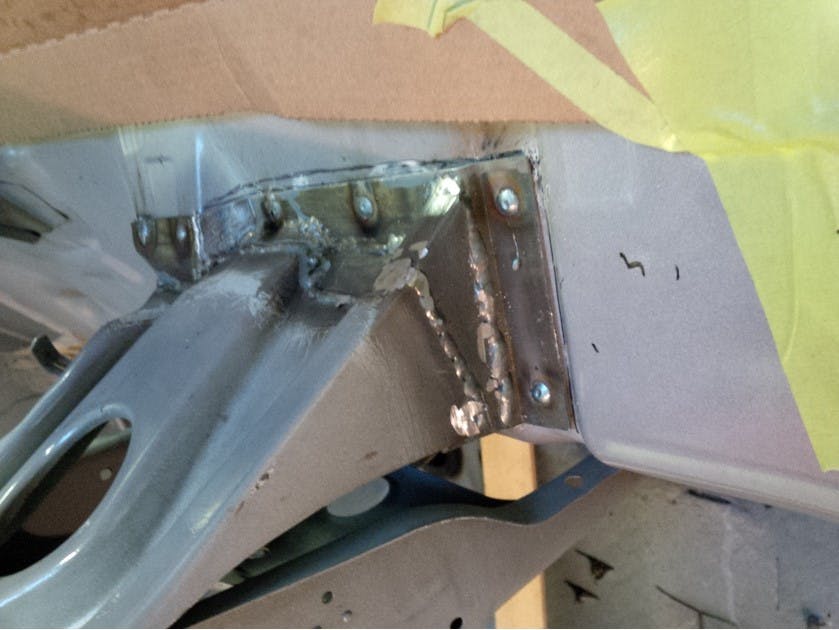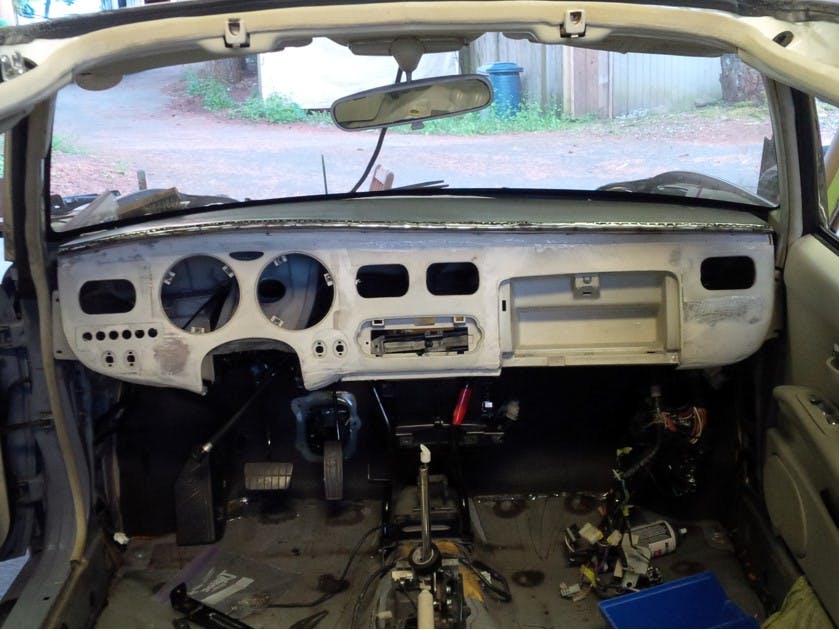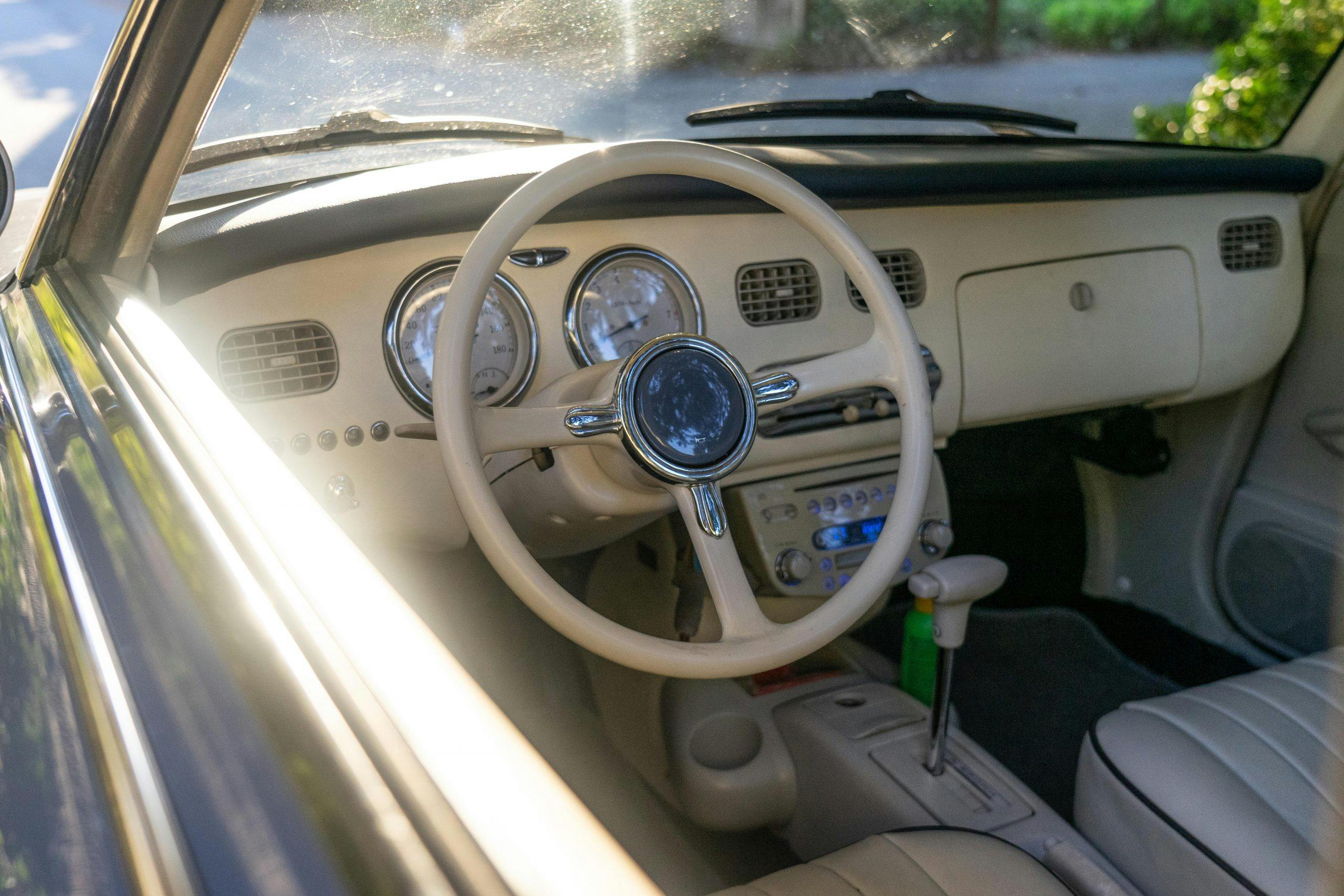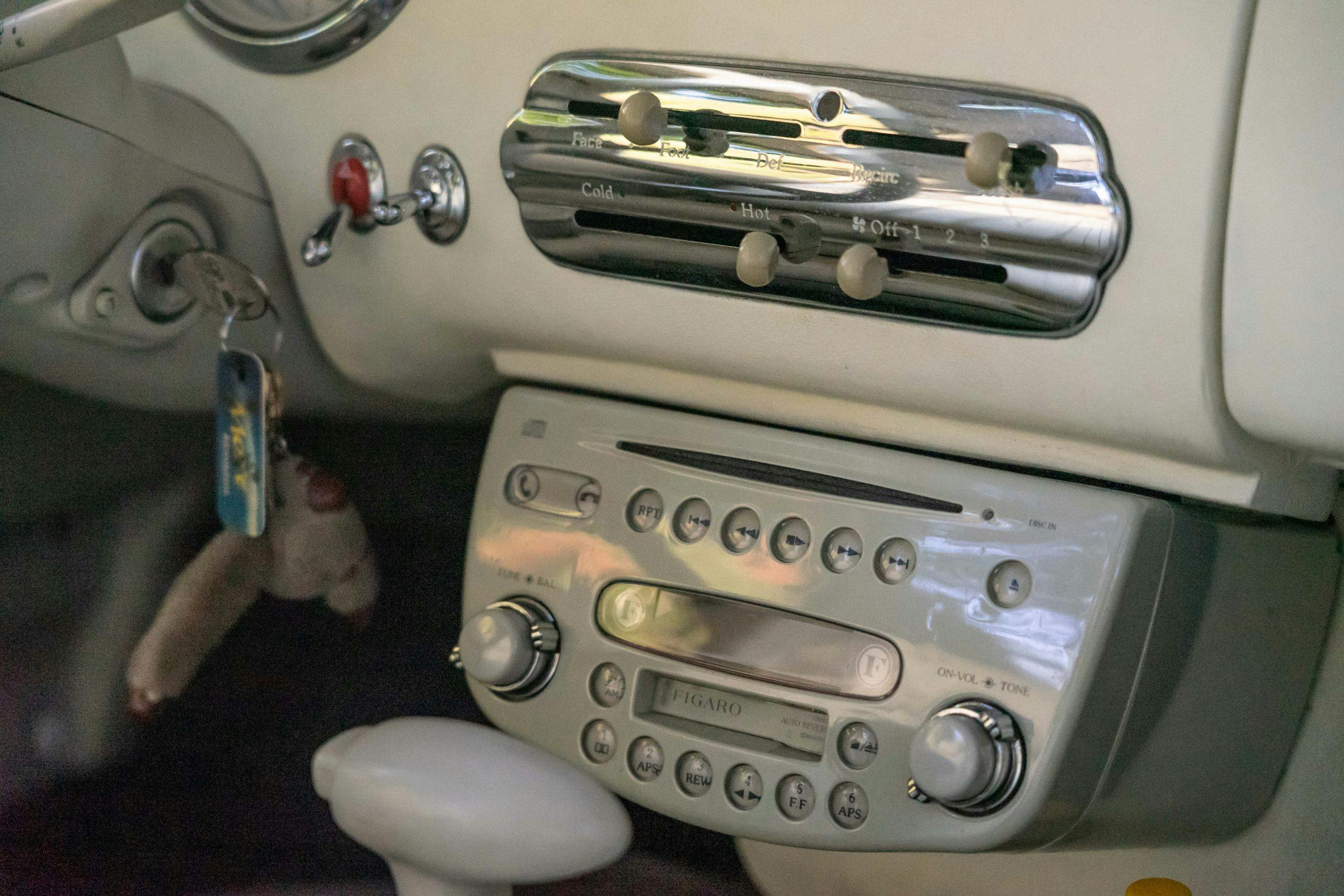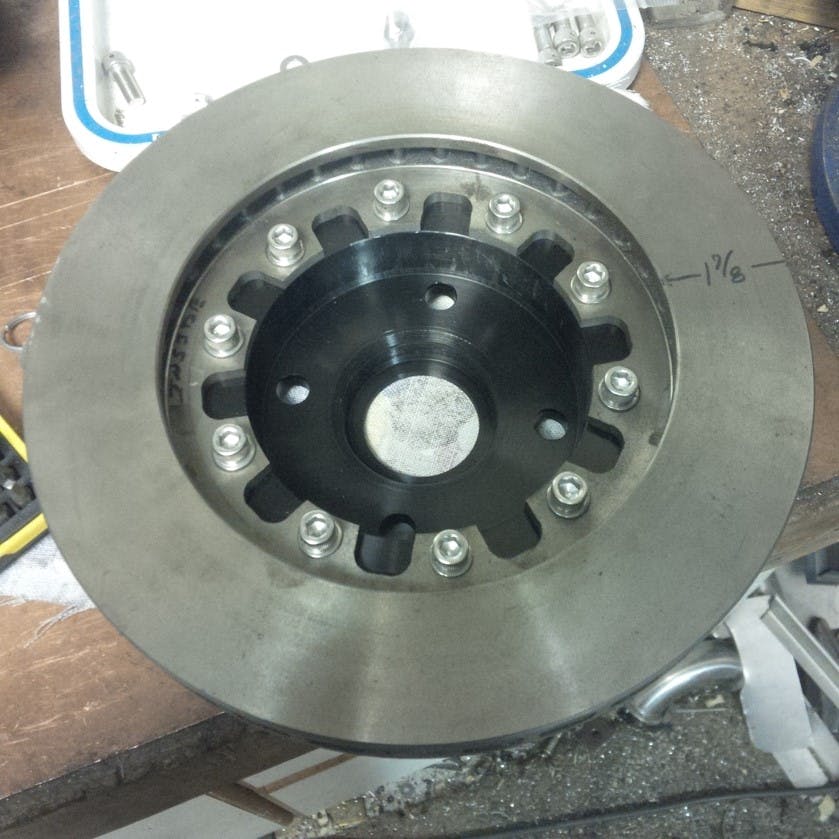This left-hand-drive Figaro proves nothing is impossible
Sold exclusively in Japan, in three batches during 1991, the Nissan Figaro is a delightfully quirky neoclassic that could cheer up anyone on their worst day. Of the 20,000 examples that left the factory, exactly zero were set up in left-hand-drive configuration. This one is. It’s been converted by Steve B. of North Vancouver, and his experience brings news both good and bad for Figaro fans. On the plus side, if you love this particular Japanese Domestic Market car but right-hand-drive is a dealbreaker, a solution exists.
The bad news? It ain’t easy.
A notice to readers: Comments on new Hagerty articles have been disabled due to technical issues since July 29th. Don’t worry, the comments are coming back soon, and when they do, we’ll have a contest or giveaway to reward our readers for their patience. Never stop driving! — Jack Baruth
Steve is pretty breezy about his efforts changing the little Figaro over to a lefty setup. Still, a few clues betray the reality that this project far exceeds the work of an ordinary backyard mechanic. For one thing, his shady backyard is filled with custom-fabricated bits. Welded and polished handrails lead up to a small workshop. Then there’s the Hillman Minx that Steve keeps stored in that very same yard, complete with a Toyota 4AGE engine and Ferrari F40 front brakes. (F40 brakes? On a Minx? Currently the car is in storage mode, waiting for a cooler fall driving season, but yes, we will have to come back for another visit to get a closer look at it.)

“I’ve done enough engine swaps that moving a steering column over is no big deal,” Steve says, “The whole project took about three months.”
Steve was a racer in his youth, running a ported rotary 13B in an MG Midget. That car required continual transmission rebuilds post-race, and it was something of a gateway to a lifetime spent tinkering. He slalomed MGBs. He swapped the turbocharged 2.0-liter engine out of an Eagle Talon into a Colt Vista wagon. And when a Nissan Figaro turned up for sale at a dirt-cheap price, he figured it’d be a fun project.
“I like to be thrifty,” Steve says, “Bodywork, welding—my labor is free, it’s the cost of parts I keep an eye on. If you keep costs down, then you don’t really worry about driving it around. We like to put smiles on people’s faces.”
Steve pulls the little Figaro out of the garage so we can capture some quick photos. It’s not perfect; though he sorted it pretty well initially, it’s picked up a ding or two from daily use. The rear trunk lid has a mild ripple from people sitting on it and taking selfies. Disrespectful as that is, Steve seems to accept that kind of behavior as one of the drawbacks of the attention one gets putting an eye-catching machine like this out into the world.
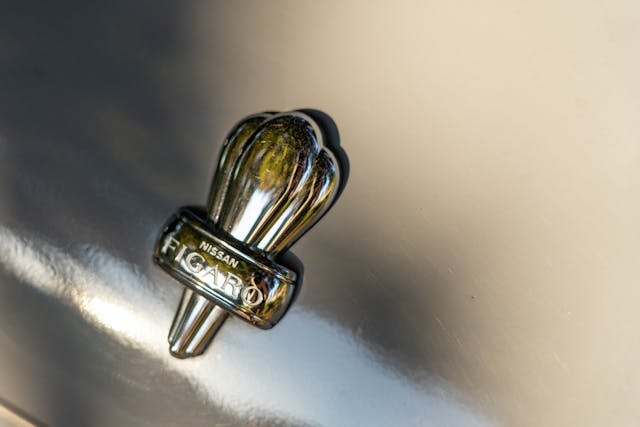
Ordinarily, Figaros don’t bear any actual Nissan branding. This one, however, has Nissan script badging on its brake calipers. The brakes themselves are from an R33 Nissan Skyline. “First thing my cars all get is big brake upgrades.”
Swapping the steering wheel over to the left-hand involved a full gutting of the interior. As the Figaro was never made in left-hand drive, Steve built a wooden jig and then sectioned the dash into three pieces for reassembly. He swapped the left and right portions, then fiberglassed the parts into a whole. The stereo head unit was shipped off to Clarion UK, which performed an upgrade to add in MP3 playing capability and handsfree Bluetooth.
Before he began reassembling the dash, he welded together a simple steel frame to position the wheel. A steering rack out of an Altima proved useful, slotting perfectly into the space for the OEM unit. Some lengthening of the column was necessary, however, which Steve did mostly freehand.
“I like to work through a proof of concept process,” he explains, “Once I got things mostly working, I went to my machinist and we tightened things up.”
A second, wrecked Figaro provided donor steering parts, cut up and reworked based on Steve’s prototyping. He left the converted Figaro’s ECU where it was and spliced in wiring to fit. He moved the over the pedals from the right side but soon realized that there wasn’t much legroom for the driver with the layout now changed. One of the more complicated pieces involved moving the HVAC unit over to the right.
Steve reassembled everything, and the little Figaro now looks and works like it had been built for the North American market. It’s a perfect little runabout. Fun, sensible, and chiefly driven by his wife, Annette.
“There were some things I would do differently,” he says, pointing out some minor details. “I should have moved these switches over to the left.”
It’s quite an accomplishment, but it came at the cost of quite a lot of work. Tackling a similar swap-over on a JDM Subaru Forester STI should be easier, right? After all, some Forester models were sold in North America in left-hand drive, if not in full STI trim.

“That one took even longer,” Steve says, “Maybe six months.”
The issue isn’t the dashboards, it’s what’s behind them. In retrospect, Steve says he should have bought a USDM wiring harness and spliced it in. Relocating the ECU on the JDM Forester caused a number of headaches. It might also, theoretically, have been easier to strip all the STI parts off and install them into a USDM Forester shell. That, too, would have been a bunch of work. But also possible. Perhaps the best lesson Steve has to impart here is that confidence in your own abilities and a willingness to get to grips with a project can overcome almost any barriers. After all, swapping a JDM car to left-hand-drive were easy, we’d see plenty more of them. Most people don’t bother.
One of the delights of our hobby is that some people do bother, regardless of the cost in dollars or elbow grease. Those painstaking restorations, project cars that took years, engine swaps that should never have been. Rotary-powered MGs. Turbocharged microvans. Or a left-hand-drive Nissan Figaro parked next to a Hillman Minx with Ferrari brakes. That any of these wild creations exist really does put a smile on your face.

